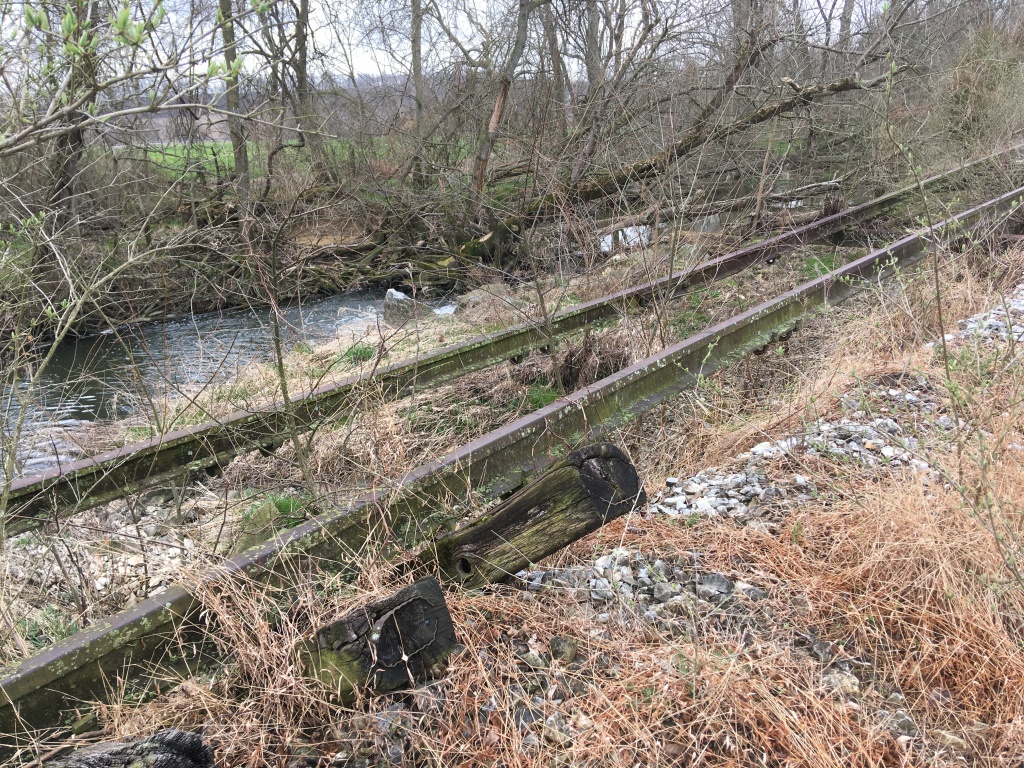Resiliency in the great outdoors
by Gwenyth Loose, Executive Director, York County Rail Trail Authority
re·sil·ience
/rəˈzilyəns/
noun
1. the capacity to recover quickly from difficulties; toughness.
2. the ability of a substance or object to spring back into shape; elasticity.

January 2021 started out with a young, black women stepping out onto a sunlit national stage to declare in bold poetic terms and with graceful waving arms, “…the dawn is ours before we knew it.” Twenty-two-year-old Amanda Gorman never once uttered the word “resilience,” and yet in her poem, “The Hill We Climb,” she eloquently told the world, “Somehow, we do it. Somehow, we’ve weathered and witnessed…” Hers was a story of truth sounding more like fiction, a story set in catastrophe, yet ending with a call to resilience, “A new dawn blooms if only we are brave enough to see it. If only we are brave enough to be it.”
And so Amanda can make us feel good about our own resilience in the face of the many challenges of 2020. But perhaps as one who cares deeply about the natural environment, I reflect more on the resilience of the future – a resilience that effects all species and all landscapes and is never-ending. This is climate resilience.
I was first introduced to this phrase as I was preparing one of those challenging PA Department of Conservation & Natural Resources grant applications in early spring 2020. Now, we all want to get our responses just right, scoring as many points as possible on each essay question. So I studied. I read. I noted all the buzz words. And I prepared responses sure to impress a dedicated team of grants’ reviewers, knowing full well the enormous army of parks & recreation professional all across the Commonwealth who were doing the same thing. Then I hit on this phrase, “climate resilience. “ Hmmm, it made me stop and think, “What does this have to do with my project?” and of course, “How can I score big by using this phrase in the project’s scope of work, budget, etc?” You get the picture – I wanted to win on the use of two words.
I began by checking a Google dictionary to find that climate resilience can be generally defined as the capacity for an ecological system to absorb stresses and maintain function in the face of external stresses imposed upon it by climate change. Then I got a bit more advanced in my knowledge by studying the difference between adaptation and resilience.
Adaptation refers to those crucial actions or plans that a community or individual will employ against a current or anticipated impact of climate change.
Resilience refers to the ability to recover (bounce back to the original state before the exposure to shock) from the effect of climate change.
Bouncing back and going on seemed to be more relevant to resilience. Amanda’s poem was right on target. I got it.
The project I presented in the April 2020 grant application was design of 6.1 miles of rail trail along a newly acquired, long-dormant, and very overgrown rail corridor. Picture young trees brandishing huge thorns, ankle-twisting poison ivy vines, walls of multiflora rose bushes, and miles of broken railroad ties. I had to be resilient to walk sufficient length of the corridor to get some good photographs to adequately represent the project.
As I made the case for designing a first-class trail where there was now a rail “jungle,” climate resilience grew in importance. In many areas, a beautiful but sorely eroded stream paralleled the rail corridor. Evidence of stormwater damage was everywhere, but most noticeable in areas where the rails hung in mid-air. All their supporting soils had long been washed downstream. And with every new storm event, bank erosion continued. If nothing else, our trail design needed to focus upon climate resilience.
Just as Amanda called upon a nation to celebrate and continue its resilience, we as parks and trails professionals are now called upon to consider climate resilience in every new facility we propose to build. In doing so, we can look forward to lower future maintenance costs. But most of all, it is the right thing to do for our parks and trails and for the species who call these places “home.”

